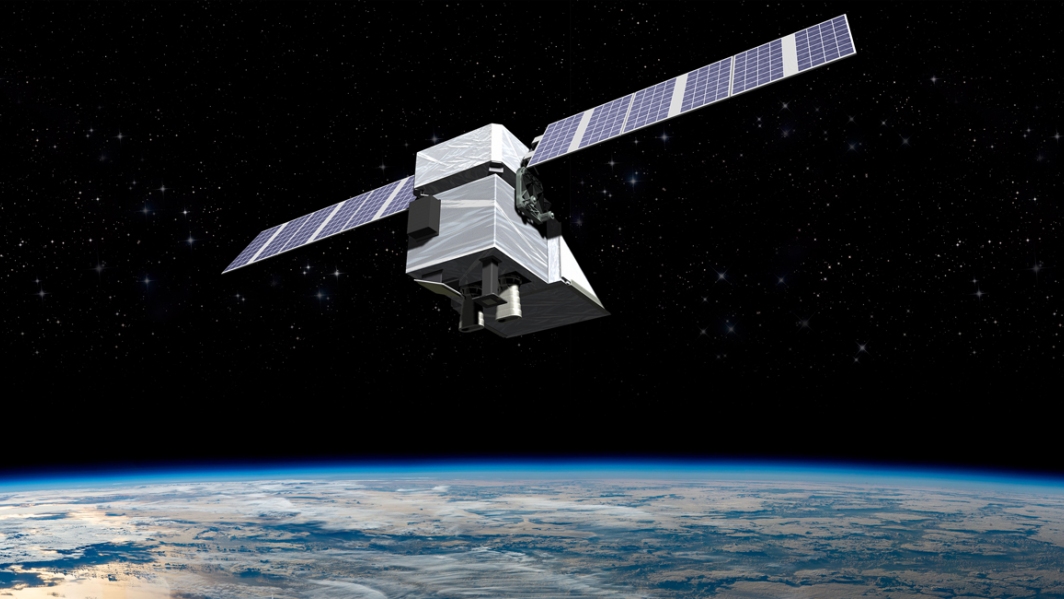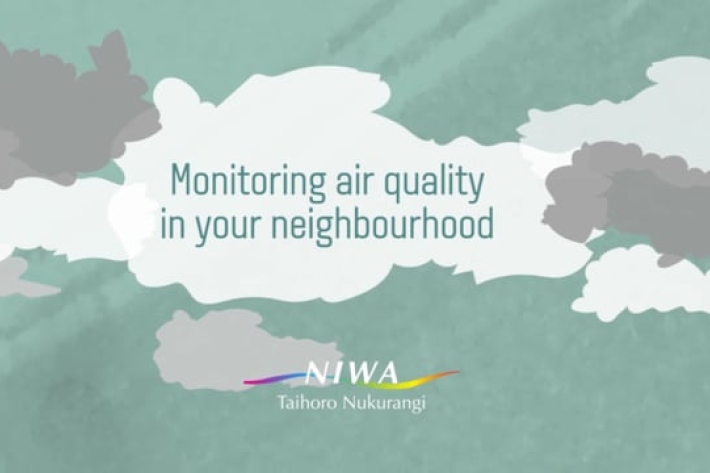-
Blog: Plankton blooms and clouds - what's the link? - 11 March
11 March 2018 Today we found NIWA’s Andrew Marriner hard at work in the Ocean-Atmosphere Container Lab and asked him to explain his work onboard. -

Blog: atmospheric research - 5 March
5 March 2018Sean Hartery, a PhD student from Canterbury University based at NIWA, is collecting samples and data for two main areas of atmospheric research while he is out here in the Ross Sea: ice nuclei and aerosols. -

Blog: atmospheric gas measurements - 21 February
21 February 2018John McGregor from NIWA checks on the instruments that measure atmospheric gases throughout our voyage. -
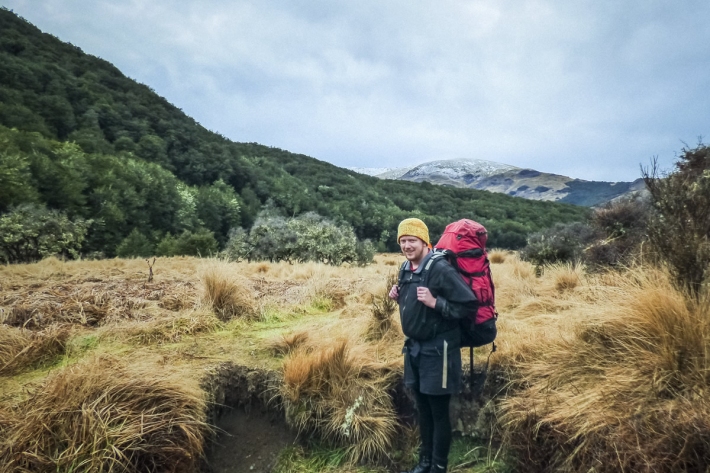
Profile: Wills Dobson - small town, huge horizons
Feature story05 October 2017If it wasn't for a damaged shoulder, Wills Dobson wouldn't be launching weather balloons or fixing high-precision atmospheric measuring instruments. -
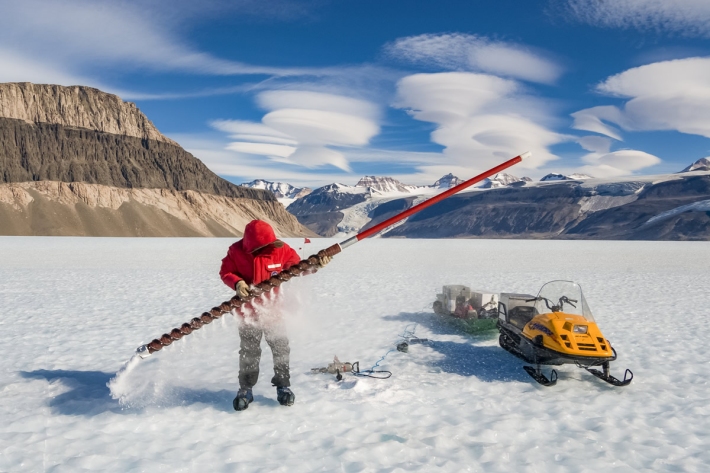
Tiny air bubbles reveal new information about greenhouse gas emissions
Media release24 August 2017Sitting at the surface of Taylor Glacier in Antarctica, are layers of ice more than 10,000 years old. And trapped inside those layers are bubbles of ancient air – like tiny time capsules - able to tell scientists a story about what the world used to be like and how humans have changed it. -

Yesterday's UV Index
Plots of UV levels throughout the day at different locations. -

Common hydrological terms
Education ResourceDescriptions of the common terms that explain the processes that occur in hydrology. -
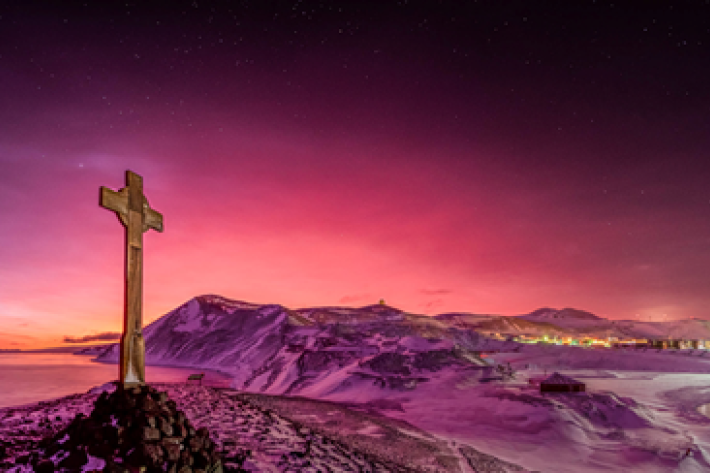
Tonga volcano “afterglow” causes dazzling skies in Antarctica
Media release06 June 2017Antarctica is experiencing stunning skyscapes like those recently seen in New Zealand, thanks to the afterglow effect from the Tongan volcano. -
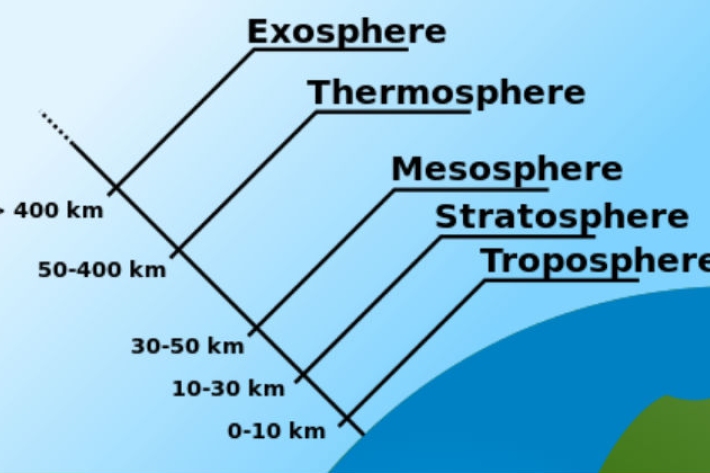
Layers of the atmosphere
Education ResourceThe atmosphere is comprised of layers based on temperature. These layers are the troposphere, stratosphere, mesosphere and thermosphere. -
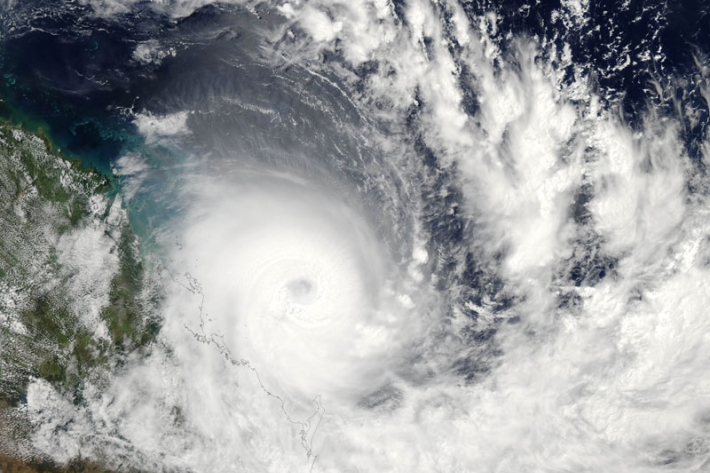
Storms and cyclones
Education ResourceCommon questions about storms and cyclones in New Zealand. -

Climate change, global warming and greenhouse gases
Climate data and common terms explaining the causes and effects of climate change.

